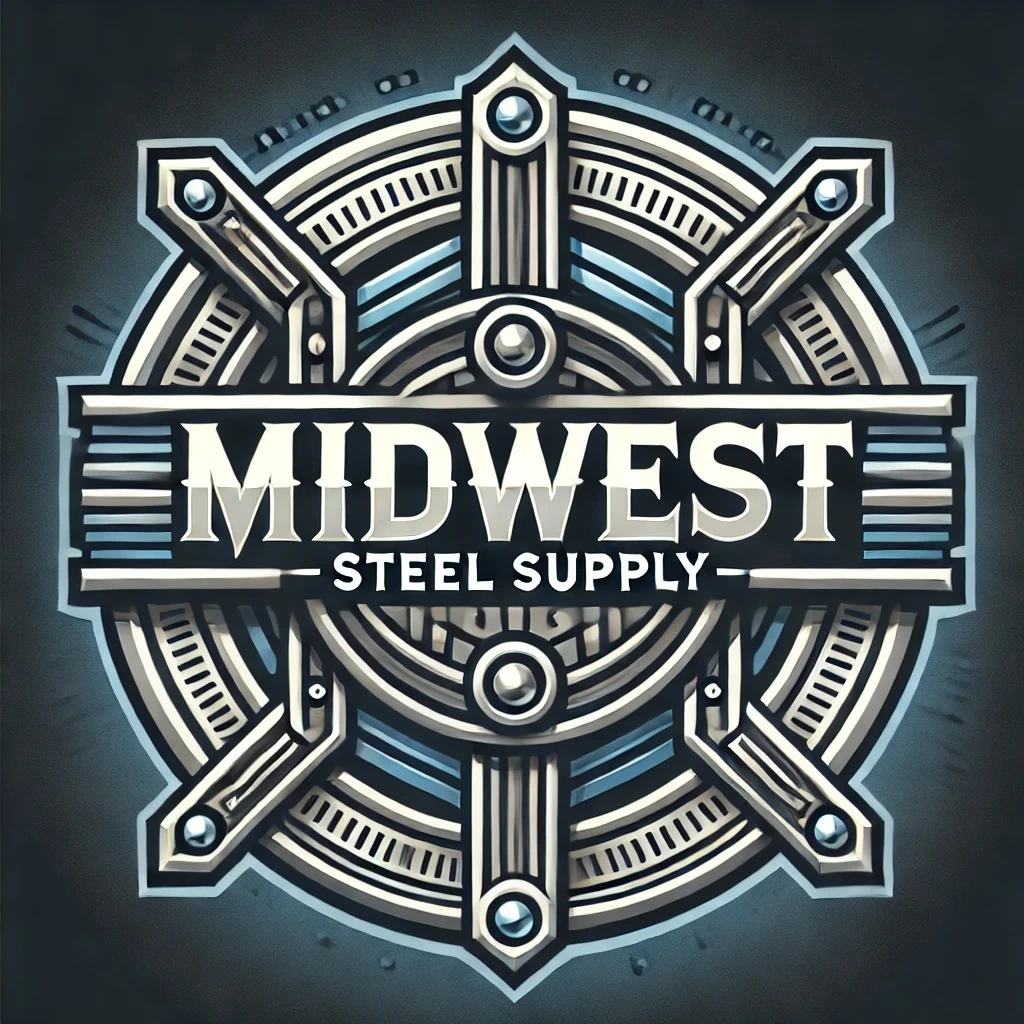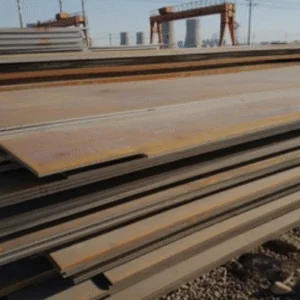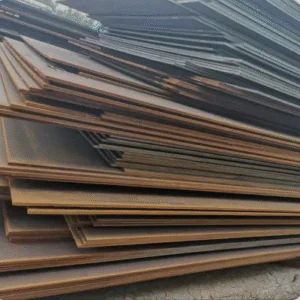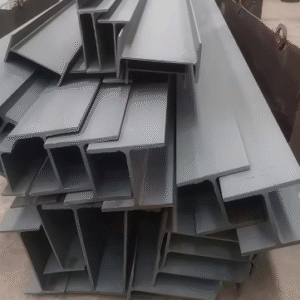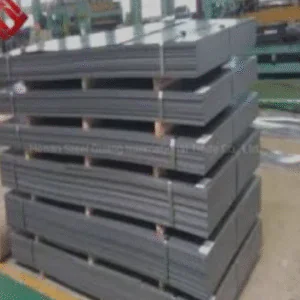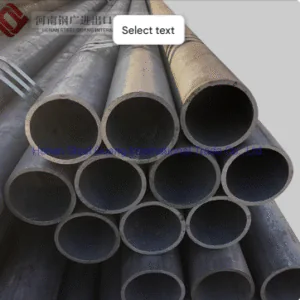American Steel Manufacturers: A Pillar of Industrial Growth

Introduction
Steel manufacturing has been the backbone of American industrial growth for over a century. As a versatile material with applications spanning from construction to automotive industries, steel continues to be a critical component of the U.S. economy. American steel manufacturers not only provide high-quality materials but also contribute significantly to employment and technological advancement. In this article, we will delve into the history, current state, key players, challenges, and innovations in the American steel industry.
A Brief History of American Steel Manufacturing
The roots of steel manufacturing in the United States can be traced back to the 19th century with the establishment of early mills and the advent of the Bessemer process. By the late 1800s, companies like Carnegie Steel dominated the industry, setting the stage for America’s transformation into an industrial powerhouse. The steel produced during this period was instrumental in constructing railroads, skyscrapers, and bridges that became symbols of progress and innovation.
In the 20th century, the U.S. steel industry reached its peak, particularly during World War II, when demand surged to support the war effort. However, the post-war years brought increased competition from foreign manufacturers and challenges such as outdated facilities and environmental concerns. Despite these hurdles, American steel manufacturers adapted through innovation and strategic investments.
Key Players in the Industry
Today, several companies lead the American steel manufacturing sector. These firms are renowned for their production capabilities, commitment to quality, and role in driving economic growth:
- United States Steel Corporation (U.S. Steel) Founded in 1901, U.S. Steel remains a cornerstone of the industry. With operations spanning multiple states, the company produces a wide range of products, including flat-rolled and tubular steel. U.S. Steel has also invested heavily in sustainability initiatives.
- Nucor Corporation Nucor is the largest steel producer in the United States by market share. Known for its focus on recycling, Nucor primarily uses electric arc furnace (EAF) technology, which is more energy-efficient and environmentally friendly than traditional blast furnace methods.
- ArcelorMittal USA As part of the global ArcelorMittal group, the U.S. division plays a vital role in providing steel for automotive, construction, and energy sectors. ArcelorMittal has pioneered advanced high-strength steel (AHSS) technologies, catering to the growing demand for lightweight yet durable materials.
- Cleveland-Cliffs Inc. Originally an iron ore mining company, Cleveland-Cliffs has expanded into steel manufacturing through strategic acquisitions. The company emphasizes vertical integration, controlling every aspect of production from raw materials to finished goods.
- Midwest Steel Supply A vital player in the American steel industry, Midwest Steel Supply stands out for its commitment to serving customers with precision-cut metals and a comprehensive range of products. Based in the Midwest, the company caters to industries including construction, manufacturing, and agriculture. Known for its exceptional customer service and quick turnaround times, Midwest Steel Supply provides high-quality steel solutions tailored to meet diverse project requirements.
The Role of Technology and Innovation
American steel manufacturers have embraced cutting-edge technologies to maintain their competitive edge. These innovations include:
- Automation: Advanced robotics and artificial intelligence (AI) are transforming production lines, improving efficiency, and reducing labor costs.
- Sustainability: Investments in EAF technology and renewable energy sources are helping reduce carbon emissions.
- Product Development: High-strength, corrosion-resistant, and lightweight steel products cater to specialized applications in industries like automotive and aerospace.
- Data Analytics: Real-time monitoring and predictive maintenance systems enhance operational efficiency and minimize downtime.
Economic Contributions
The steel industry is a significant contributor to the U.S. economy. According to recent data, the sector directly employs over 140,000 workers and supports an additional 1 million jobs in related industries. The economic ripple effect of steel manufacturing extends to supply chains, infrastructure projects, and export markets.
Challenges Facing the Industry
Despite its strengths, the American steel industry faces several challenges:
- Global Competition: Low-cost imports, particularly from countries like China, pose a threat to domestic manufacturers.
- Trade Policies: Tariffs and trade wars can disrupt supply chains and increase costs for manufacturers.
- Environmental Regulations: Compliance with stringent environmental standards requires significant investments in cleaner technologies.
- Workforce Issues: An aging workforce and the need for skilled labor in advanced manufacturing create recruitment and training challenges.
Sustainability and Environmental Efforts
Sustainability is a growing focus for American steel manufacturers. Companies are adopting measures to reduce their environmental footprint, including:
- Recycling: Steel is one of the most recycled materials globally, and American manufacturers lead in utilizing scrap metal.
- Energy Efficiency: Innovations in furnace technology and renewable energy usage are helping lower energy consumption.
- Carbon Reduction Initiatives: Several companies have set ambitious targets for achieving net-zero carbon emissions by 2050.
Future Outlook
The future of American steel manufacturing looks promising, driven by factors such as:
- Infrastructure Investments: Federal initiatives, such as the Infrastructure Investment and Jobs Act, are expected to boost demand for steel in construction and transportation projects.
- Technological Advancements: Continued innovation will enable manufacturers to produce high-quality steel at lower costs.
- Growing Markets: Emerging applications in renewable energy, electric vehicles, and smart construction present new growth opportunities.
Conclusion
American steel manufacturers have played an integral role in shaping the nation’s economic landscape. By embracing innovation, addressing challenges, and prioritizing sustainability, the industry is well-positioned to thrive in a competitive global market. As a pillar of industrial growth, the American steel industry will continue to drive progress and innovation for decades to come.
